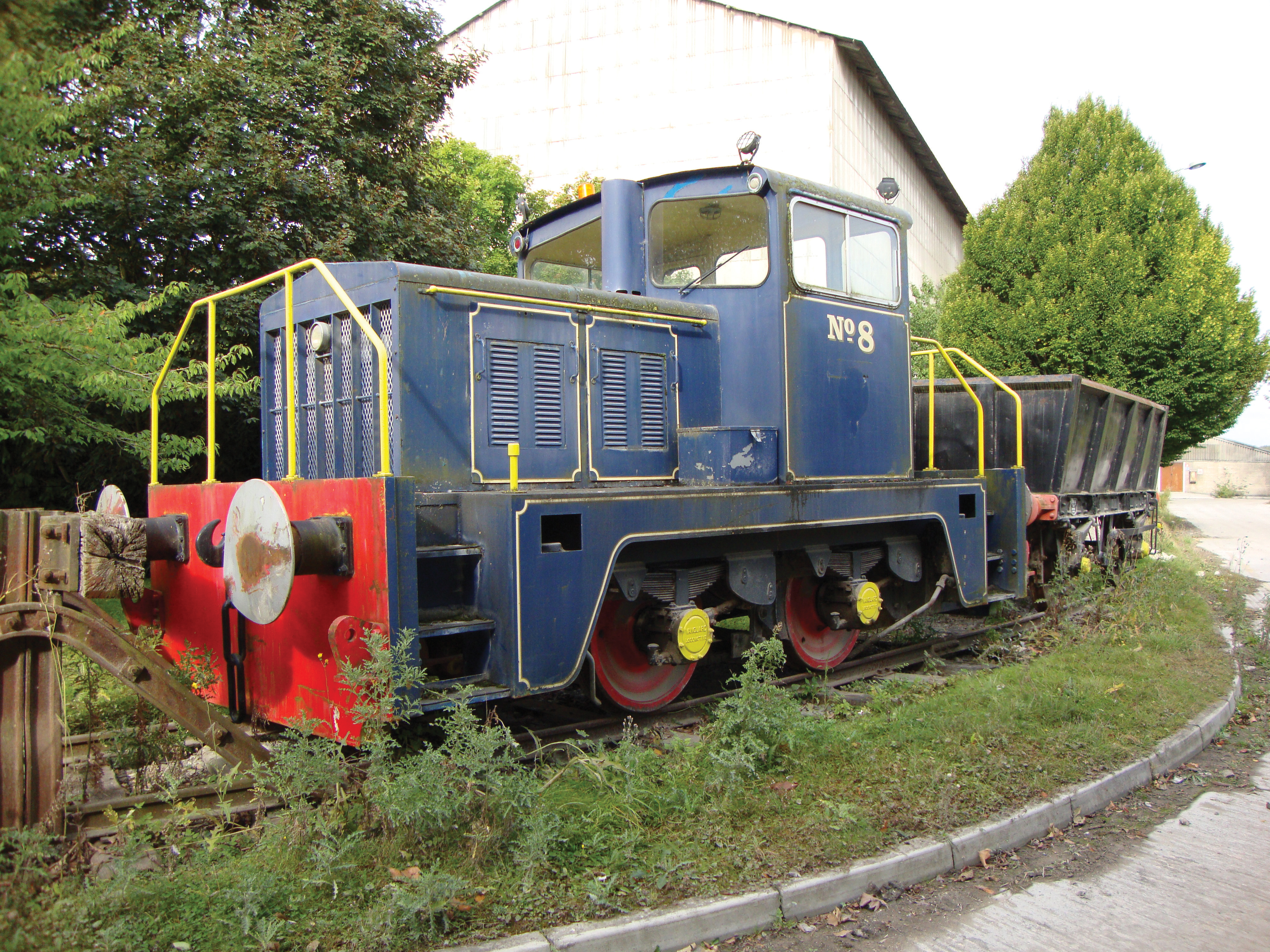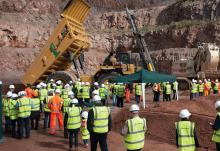
After 45 years a quarry train makes its final trip to a specialist museum. Patrick Smith reports
The future of the last remaining quarry train, which is on display at a
The company, which had the train on show at Barrington Cement Works, County Cambridgeshire, England, has decided to donate the locomotive and two remaining wagons to Rocks by Rail, a local museum specialising in the preservation of the local area’s industrial heritage.
In 2005 the loco and two wagons were part of the last working standard gauge quarry railway in the UK. At this time, it was decided to replace the rail transportation within the site by the latest methods of mineral excavation and movement, signalling the end of nearly 200 years of industrial history which can be traced back to the beginning of the railway age.
Aware of the significant historic importance, the locomotive and wagons have been preserved on permanent display within the Cemex site since that time.
However, with the recent decision to permanently close the site, Cemex has decided to donate and entrust the valuable quarry rolling stock to Rocks by Rail, formerly Rutland Railway Museum.
A registered charity, Rocks by Rail specialises in the preservation, conservation and demonstration of equipment formerly used on standard gauge quarry railways.
The locomotive and two wagons have moved to the museum’s site at Cottesmore, County Rutland where they will join the special collection of quarry rolling stock. They will be demonstrated to the public at the museum’s own rail-connected, mock quarry face.
Ian Southcott, Cemex UK community affairs manager said: “We are delighted that these important aspects of the industrial heritage of the Barrington Cement Works will not only be preserved but will actually be seen in action at the Rocks by Rail museum.”
In addition, to the donation of the rolling stock, the Rugby Group Benevolent Fund, a charity with close links to the company, has provided a grant of £5,000 (€6,200) to cover the cost of transporting the locomotive and wagons to their new home and creating supporting information for display at the museum.
“Through this generous act Cemex has safeguarded the future of historic quarry railway items which they were instrumental in saving. We are very grateful for their support both now and in the past,” said Simon Layfield from Rocks by Rail.
“At the museum the items will supplement the other rolling stock that we have already received from the Barrington Quarry railway. The arrival of the wagons will enable us to form a genuine quarry train consisting of a loco and four wagons which can be operated in our mock quarry very much in the same way as they used to work at Barrington.”
The train was scheduled to be at the museum in time for the initial display on 21 October, 2012 when the museum held a public open day.
The Vanguard diesel locomotive was built in 1967 (works number 178v) by Thomas Hill of Rotherham, County (south) Yorkshire, northern England, and it weighs 32tonnes and is powered by a 173hp (127.2kW) Rolls-Royce SF65c engine.
The locomotive was supplied new to the National Coal Board (NCB) Harworth Colliery, County Nottinghamshire, and was was transferred to NCB Clipstone Colliery (also Nottinghamshire) on 19 April, 1983. It was finally sold to the Shropshire Loco Collection (County Shropshire, England) on 27 November, 1992.
It arrived at the Barrington Quarry railway in 2001 and was used regularly until February 2005 when the quarry transport system was modernised.
In May 2007 the locomotive was then placed on a short length of track near the works entrance with a quarry wagon as a reminder of the former ways of quarry transport working.
The two standard gauge wagons include an original Eastwood’s Cement (the original site operator) dating back to 1963 and a rebuild of a 26 T BR tippler mineral wagon carried out for Rugby Cement. Also included is a narrow
gauge skip wagon reflecting the earlier history of mineral movement at the site before the coming of the standard gauge quarry railway.








